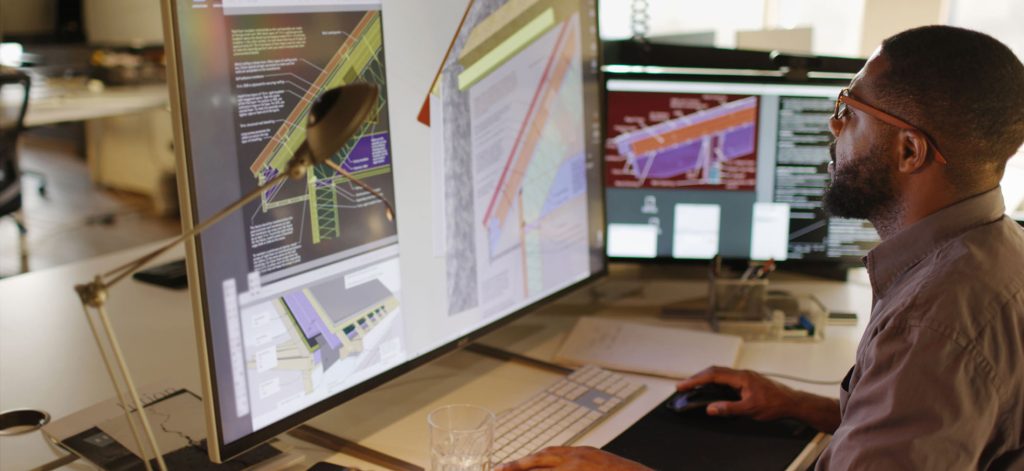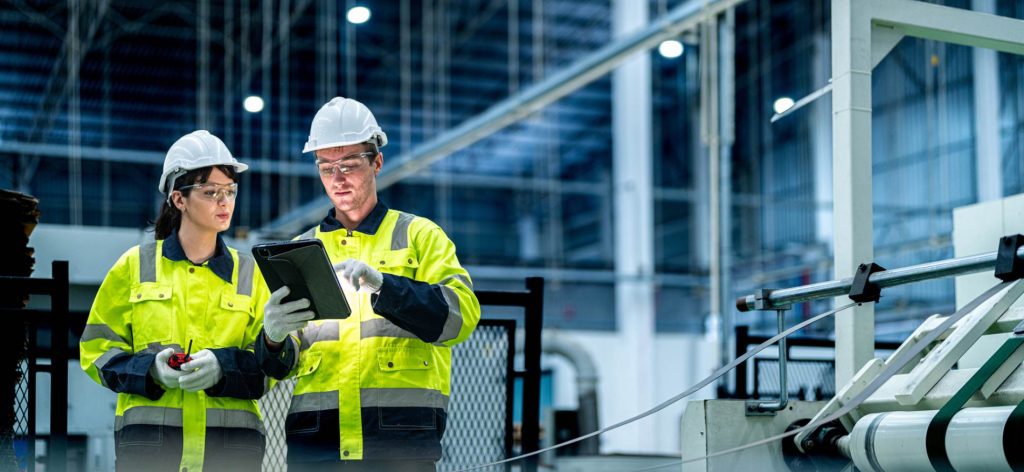How to safely transition employees back into the office or back onsite
Whether you’re transitioning your employees back into the office, construction site, or warehouse, you’ll need a plan to do it safely. We’ve outlined all you need to consider below. Over the past two years, you’ve likely had some, or all, of your employees forced to either work from home or stay home, depending on the…
Whether you’re transitioning your employees back into the office, construction site, or warehouse, you’ll need a plan to do it safely. We’ve outlined all you need to consider below.
Over the past two years, you’ve likely had some, or all, of your employees forced to either work from home or stay home, depending on the industry your business operates in.
Now, many of them are transitioning back to site work after COVID-19. Although, to return to normal, there are some adjustments managers need to make to ease their workforce back into the office or onsite.
Why do we need a plan for transitioning back to work?
Depending on the industry you work in, the nature of work may require a bit more planning in the reboarding process to ensure your employees’ safety. Not having a plan can lead to injuries, mental illness, and/or physical illness.
Having a plan also reiterates to your team that you care about their wellness and safety. Employment Hero’s recent Wellness at Work survey showed that employees who positively rated their employer’s commitment to wellness were 63 per cent more likely to be loyal. And, in a candidate short market, employee retention is invaluable.
Transitioning back into the office
What if your employees don’t want to come back into the office?
Working from home or not has been a hot topic lately. All employees have different preferences and there may be a plethora of reasons why you may require them to come back into the office.
For one, virtual teams tend to spend less time together than teams who work together face-to-face. Whether this is an advantage or disadvantage is dependant on the dynamics of your team and the people who are a part of it. This is for you to decide as the manager and if it means you need your team to come back into the office, you need a strategy to convince them to return if they view it as unfavourable.
You could offer flexible work so that your team come into the office at least a one or a few days each week. Negotiate to give them the option of which days they would like to work from home or the office.
It is also helpful to communicate the reason why you require your employees to return to the office. Having a reason to back your decision will make it easier for your employees to understand the importance of returning to the office. It may also spark other solutions which can build employee engagement amongst your team.
Creating a plan for returning to the office safely
Managers need to be aware of government mandates in their location and ensure they are followed, or risk being fined or shut down. Procedures that must be followed should be clearly communicated to all employees who are returning to the office.
It may be beneficial to consider providing facilities and PPE to your employees who are weary about returning to the office due to COVID-19. Having face masks, hand sanitiser and rapid-antigen tests readily available can make your employees feel safer in a public environment.
Employees may have also developed new habits during their workday or adjusted their workspaces to spark creativity. Maybe they had started taking long walks on their lunch breaks to relieve stress. Or, maybe they put up mood boards for inspiration. Welcome these new behaviours in the workplace so your employees feel comfortable.
Transitioning back onto the construction site
Again, managers should be aware of government mandates they must follow and communicate this message to all employees who are transitioning back to work.
Construction sites have multiple activities taking place at a time. Whether it be plumbing, building, pathing, surfacing, power work, or excavating, workers onsite are dealing with multiple subcontractors at a time. This heightens the risk of COVID-19 transmission as well as the physical safety of workers.
At home, the environment is considerably safer. People are sheltered from the heat and may not need to drink as much water as they would onsite. They are also less likely to be practicing manual labour and build habits that may be unsafe for working onsite. For example, a father may naturally pick up toys after his kids and disregard basic lifting techniques. Bringing these habits onsite may incur injuries.
Having a simple reboarding plan to remind workers of existing safety measures and introduce new procedures that need to be followed.
Try to keep the plan flexible with various tasks in mind. For example, masks are a great way to prevent the spread of the virus, however, it may cause glasses to fog up when safety glasses are worn.
Transitioning back into the warehouse or factory
Many employees who work in the manufacturing industry would have stayed at home without work, or they have been working at a reduced capacity. If your workplace is in Melbourne, you’d know that many of your employees would have been at home for an extended period of time.
With this in mind, employees who have not worked for a long time are not used to practicing repetitive tasks which are common in warehouses and factories.
“Candidates who are out of work for an extended time eventually forget best practice and risk injuring themselves unintentionally,” says Bernadette Bethune , Manufacturing Team Leader in South Australia. “A rookie mistake we often see is candidates not receiving the necessary training and inductions they need, especially after being out of work for extended periods.”
A common consequence of this is candidates becoming unavailable to work due to injuries. To prevent this from happening, we conduct full workplace assessments and check that our candidates will receive all onboarding and training they need before transitioning back to work.
Another solution we offer when our clients hire candidates who have been unemployed for a long time is to assist with easing them back into work. We do this by monitoring their shifts and giving them ad hoc work, which requires them to only work one to two shifts per week. Starting with a small number of shifts per week minimises their risk of injury and allows them time to recover if performing strenuous tasks which they are not used to. Eventually, we can give the candidate more shifts and build them up to work more hours while working safety.
If you’d like more talent management advice, ask us a question on this page. Otherwise, check out our other blogs here .







